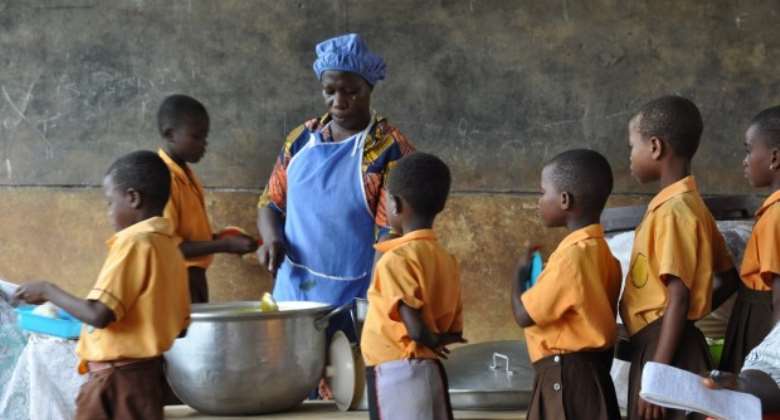Recommended
Note: This blog post is part of a series in which CGD experts present arguments from “Schooling for All: Feasible Strategies to Achieve Universal Education” and invite (sometimes dissenting) commentary from experts within the global education community.
Maryam Akmal, Susannah Hares, and Rita Perakis: “The evidence on outsourcing education to the private sector is mixed. Results are better for increasing enrollment than for raising learning outcomes.”
“Outsourcing the delivery of education to the private sector is a popular policy option for governments looking to expand access to schooling, but many possible models for how to do that exist and their design and implementation matters a lot. In this chapter, we present original analysis on the cost of different models of public–private partnership for the provision of basic education. We suggest that governments considering such models should be cautious. Existing evidence suggests subsidizing private schools may be an affordable policy option for increasing access to secondary school in underserved areas, although questions remain about the political viability of such arrangements, as well as their full costs. In contrast, contracting private firms to manage existing public schools has shown mixed effects across all outcomes. The literature shows some low impacts on learning, but at high unit cost, making this modality unlikely to be a cost-effective policy option for governments in low- and middle-income countries.”
Figure 1. Summary of evidence from PPP studies
Note: The full database of PPP studies is available here.
Read Akman, Hares, and Perakis’ full chapter.
Jishnu Das: “You can’t regulate what you can’t provide: The weakening case for education PPPs.”
“Between 1995 and 2005, careful and painstaking field investigations uncovered pervasive deficits in the provision of public services in Low- and Middle-Income Countries. These deficits ranged from terrible conditions in schools to frequent absenteeism among healthcare workers and teachers to the sizable leakage of funds originally meant for schools. Together with research showing that the relationship between government funding and educational outcomes was tenuous to begin with, a consensus developed that public schools were failing children. [...]
“Interestingly, these developments mirrored a changing landscape in the United States, where the narrative of failing public schools had already been part of the education discourse for some time. [...]
“Twenty years later the pendulum, if not swinging back, seems to be somewhat stuck. Despite the fact that some types of charter schools have been shown to systematically raise test scores, vouchers and charters in the United States have arguably not yielded the large gains that were anticipated.”
Read Das’ full comment, including “Five Persistent Empirical Problems” in the PPP literature.
Moses Ngware: “Be cautious about public–private partnerships, and fund students not schools”
“Since there is power in partnerships, and there is no panacea for the many education challenges, use PPP models only if it will benefit the poor directly, not implicitly.
“Use PPP models if they enhance inclusion in access to education as alluded to in the chapter; for example, if we introduce a PPP model, will the previously excluded population now have affordable access to schooling and education given the prevailing conditions?
“There should be compelling and contextual reasons why an LMIC would want to adapt or adopt a PPP in education—e.g., a totally “failed” system of education.
“There are good and traditionally available models of private provision of education including subsidies and scholarships that target individuals and households, and not schools. These collaborative models can be enhanced through direct capitation grants to support individual students and/or their households to access low-fee private schools, especially in low-resourced environments. These models operate outside formalized PPPs, and should be allowed to thrive.”
Disclaimer
CGD blog posts reflect the views of the authors, drawing on prior research and experience in their areas of expertise. CGD is a nonpartisan, independent organization and does not take institutional positions.







